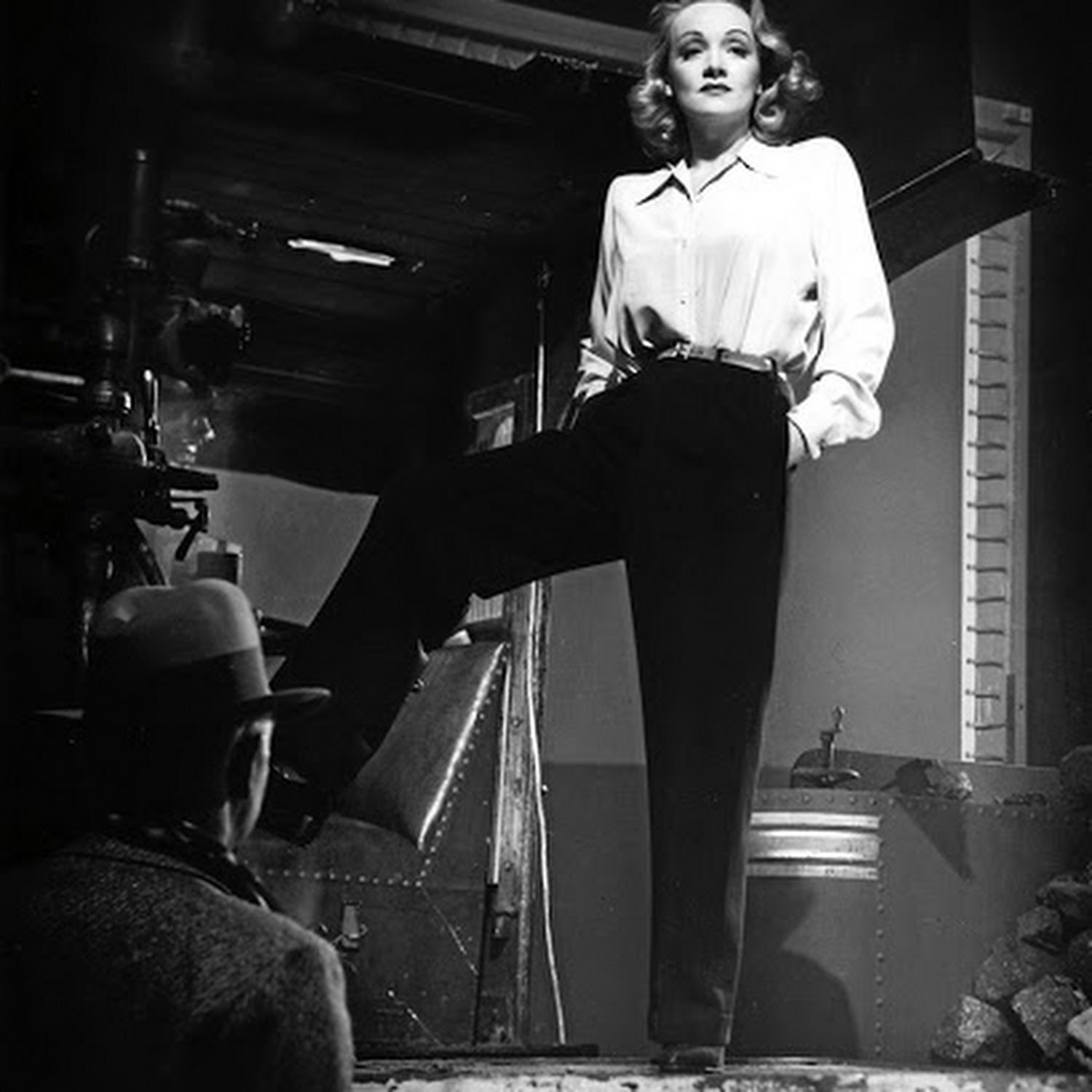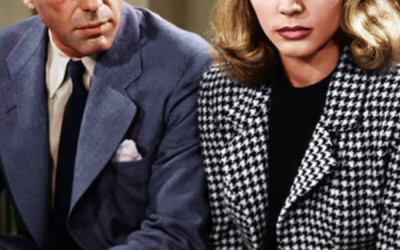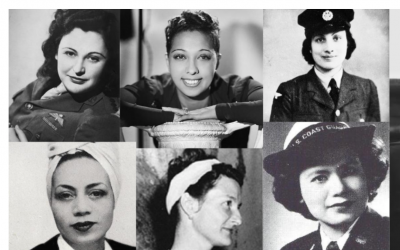There is an oft-talked about scene in my new book The Ghosts of Paris where my main character, private inquiry agent Billie Walker, enters the famous Hôtel Ritz Paris in 1947. Parisians and foreigners are happily drinking and going about their post-war lives less than two years after the Gestapo were in residence, having taken over sumptuous Place Vendôme side of the hotel. Entering the reception, Billie is called out for the great sin of…wearing trousers.
I assure you, a thing like that is not something a writer merely makes up.
In 1940s France, when the book is set, and in fact all the way up until 2013, it was not only frowned upon but technically unlawful for women to ‘wear the pants’, so to speak. Incredibly, trousers on women were still controversial despite the end of a devastating and drawn-out war that involved rather more important matters, and indeed despite women finally being considered equal in the French Constitution in 1946. Adding to the surprise – certainly for Billie as she stands awkwardly in her ‘perfectly delightful navy silk trousers’, The Ritz Hotel was known to enforce the rule.
During the World Wars, when women began taking up the jobs of the men who were fighting at the front, they also began wearing more practical clothes like pants and overalls. This was part of a massive change in women’s roles that saw them take up work in factories, newsrooms and more. But in high society, figures like Coco Chanel, Marlène Dietrich or Katharine Hepburn were still judged outrageous when they wore trousers.
‘I do apologise, Mademoiselle. It is illegal for a woman to
wear trousers in Paris without a police permit, you see. The
hotel policy applies even to Marlene Dietrich when she is at
the Ritz.’
The law regarding trousers on women came about in 1800, following the French Revolution, and had the somewhat delicious title of “Decree concerning the cross-dressing of women”. It stated in essence that ‘Any woman who wants to dress like a man must go to the Police for permission to do so.’ One can imagine how that conversation would go. There was no equal opposite law. In 1889, Marie-Rose Astié de Valsayre campaigned for equal pay and also for the right for women to wear trousers. The government wouldn’t have it, however. Finally, the law was altered – but not dropped – in 1892 and 1909 respectively, to allow women to wear pants if they were “holding a bicycle handlebar or the reins of a horse”, trousers being more practical than skirts when riding said creatures. (Just what women were expected to do between their front doors and the holding of those handles and horse reins is anyone’s guess.)
There were rebels, of course, as one would certainly hope. Among the more famous, novelist Amantine Lucile Aurore Dupin, known as George Sand, regularly wore male attire in public without a permit. It was a daring act at the time, but she found trousers to be more comfortable and found she could get access more easily to places women were not allowed. (That is a whole other article right there.) The first female French psychiatrist Madeleine Pelletier also wore trousers and was said to use the clothing to distance herself from ideas of ‘femininity’. One can only imagine how she would have been judged as the first non-male in the profession. Later rebels in the form of Marlene Dietrich and Katharine Hepburn were famous for wearing trousers but I think we often overlook just how subversive those pants were at the time. My queer, trouser-wearing war reporter character Simone Chapelle is inspired by just such rebels from the time.
Was the law banning trousers on women in full effect until 2013? In reality, it was less often enforced as time went on, but lest anyone think it was really an irrelevant issue, MP Chantal LeBlanc was refused entry to the Assemblée Nationale building when she arrived in cord trousers. That was in 1978. The ban was considered rather outdated by the time it finally fell, but we mustn’t forget the revolutionary women who challenged the system with their subversive trousers for 213 years.
This obsession with ‘feminine’ dress for women, and a fear of the subversive power of trousers was not a peculiarly Parisian thing, it must be noted. In 1938 Los Angeles, Helen Hulick was jailed by a judge who took offence at her wearing pants to court. The school teacher, who was in court to testify as a witness to a burglary in her building, told The Los Angeles Times: “You tell the judge I will stand on my rights…If he orders me to change into a dress I won’t do it. I like slacks. They’re comfortable.”
She further explained, “Listen, I’ve worn slacks since I was 15. I don’t own a dress except a formal. If he wants me to appear in a formal gown that’s okay with me. I’ll come back in slacks and if he puts me in jail I hope it will help to free women forever of anti-slackism.”
She ended up doing time for five full days, and was forced to wear a denim dress in jail. Not held back by the anti-slackism of the day, nor her jail time, Hulick went on to pioneer a new form of therapy for people who are deaf and also founded her own nonprofit – the judge who sentenced her being looked on less kindly by history.
Fast forward to today, and with many more pressing issues at hand, the clothing of women and girls is still policed. Pants are no longer seen as subversive by many, yet as recently as 2019, a North Carolina charter school’s requirement that girls must wear skirts was finally struck down by a federal judge as unconstitutional. As one parent pointed out: “It’s disappointing that it took a court order to force the school to accept the simple fact that, in 2019, girls should have the choice to wear pants.”
Helen Hulick, and Marlene Dietrich would be proud of this belated blow against old school ‘anti-slackism’ – if frustrated that the powers that be still want to keep women out of pants … not to mention state control over what happens in them.
As always, truth remains stranger than fiction.
– Tara Moss is the author of 14 books of fiction and non-fiction. The Ghosts of Paris is out now.
Buy the novel at Dutton Books, Penguin Random House USA.
Buy the novel at HarperCollins Canada.
Buy the novel at HarperCollins Australia.





Great post Tara! I was stunned by that bit where Billie wasn’t allowed to wear trousers! I had no idea.
I am a longtime trousers/slacks/jeans/pants wearer.
I have been asked a number of times by men, ‘do you actually own a dress?”
My stock answer is, ‘Why? Do you?’
Will there be a third book in the Billie Walker series? I hope so.